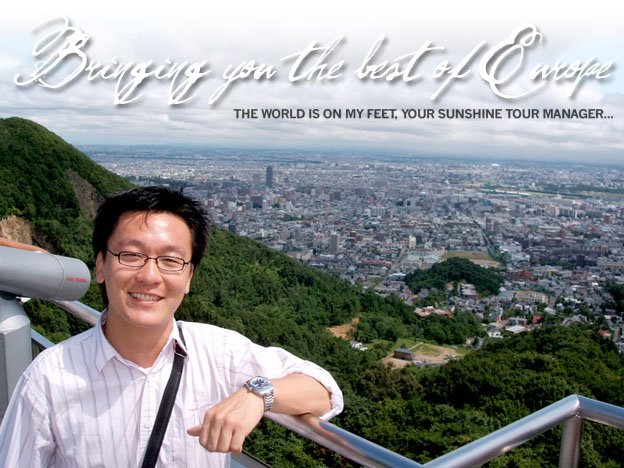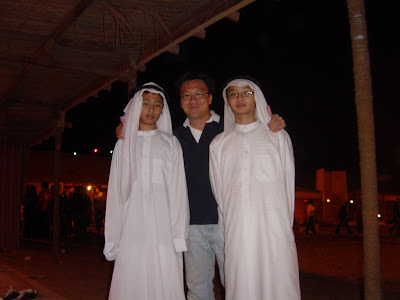
Milan Cathedral is the cathedral church of Milan in Lombardy, northern Italy. It is the seat of the Archbishop of Milan, currently Cardinal Dionigi Tettamanzi.
The Gothic cathedral took five centuries to complete and is the fourth-largest church in the world. The cathedral of Milano is often described as one of the greatest churches in the world. The ground plan is of a nave with five aisles, crossed by a transept and then followed by choir and apsis. The height of the nave is about 45 meters, the highest Gothic vaults of a complete church (less than the 48 meters of Beauvais Cathedral that was never completed).
The Gothic cathedral took five centuries to complete and is the fourth-largest church in the world. The cathedral of Milano is often described as one of the greatest churches in the world. The ground plan is of a nave with five aisles, crossed by a transept and then followed by choir and apsis. The height of the nave is about 45 meters, the highest Gothic vaults of a complete church (less than the 48 meters of Beauvais Cathedral that was never completed).
The roof is open to tourists (for a fee), which allows many a close-up view of some spectacular sculpture that would otherwise be unappreciated. The roof of the cathedral is renowned for the forest of openwork pinnacles and spires, set upon delicate flying buttresses.
The cathedral's five wide naves, divided by 40 pillars, are reflected in the hierarchic openings of the facade. Even the transepts have aisles. The nave columns are 24.5 metres (80 ft) high, and the apsidal windows are 20.7 x 8.5 metres (68 x 28 feet). The huge building is of brick construction, faced with marble from the quarries which Gian Galeazzo Visconti donated in perpetuity to the cathedral chapter. Its maintenance and repairs are very complicated.





































